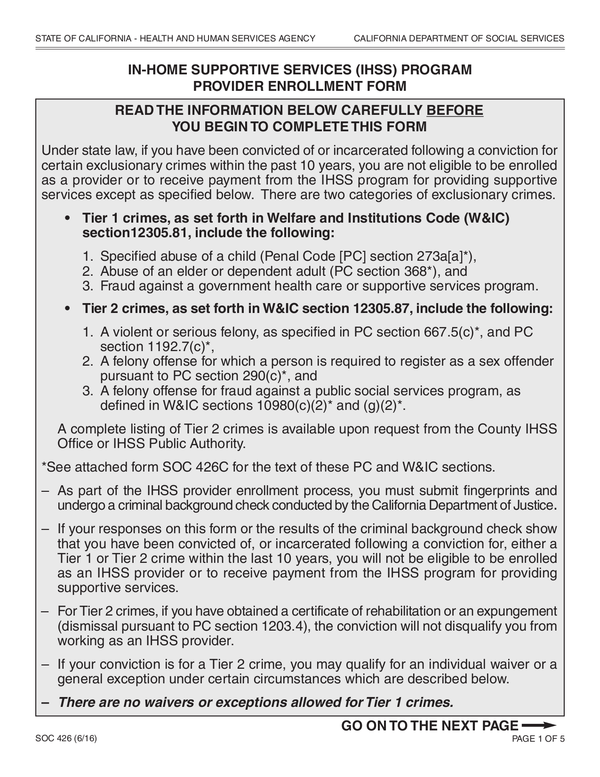Md Civil Court Adoption Form – If you’ve been selected to represent a client in civil court proceedings it is possible that you will be asked by the court to complete numerous forms. Certain forms can be found on the internet or printed off from the court’s website. Other forms may have to be completed in hardcopy. Additional online forms are available. But you should make sure they’re appropriate for your specific situation prior to using any of them.
Complete the blanks of this form
The Supreme Court Administrative Office has an extensive inventory of unfilled court documents. The court forms are classified according to the nature of legal issues. These forms can be accessed by entering their numbers or names.
If you’re looking for an appropriate form for your particular circumstance This is the initial step to create an official document. The titles of cases and the names of the parties are separated on certain forms by spaces.
Before filling out a form, be sure to take the time to go over the directions. The signing in process may be required in some cases. There may also be details on how the documents were distributed. Be sure to keep only copies that are single-sided. If you don’t plan to do this again, you won’t have to duplicate it.
Request restricted status for electronic documents
It might not be easy to gain limited status using an electronic civil court form. Everything from the legitimacy of the form to compliance to a specific format standard is taken into consideration. It’s vital to check the Minnesota Supreme Court regulations as well as the rules of your specific court to be certain you’re in compliance with the regulations.
In order to file electronically the document should be clear and bear a certified stamp. Furthermore the document should be handed over to the clerk of the county within an envelope that is addressed. The documents will be scrutinized to determine its validity if there’s any doubt.
To notify the parties that your submission was made electronically You may have to complete an EFCIV-22 form. In exceptional circumstances, you must also serve this form with your commencement paperwork.Additionally, you must use EDDS to submit the paperwork to the court.
Print copies of your exhibits.
Some countries may require you to provide the physical copies of your exhibits to the court. Your documentation will often be submitted via the internet. This means that , if the paper version of your electronic filings must be submitted in the courtroom, you’ll have to submit it to the court.
You are required to fill out all court forms as best you can to your abilities. Each field on the forms is required to be filled in fully and accurately. There are often empty spaces within the forms. It is always a good idea to speak with a lawyer prior to filling out the form if you’re not sure the best way to fill it in.
Hard copy exhibits should be served on all parties with an accompanying document, such as the Notice of Hard Copy Exhibit Submission. Web-based solutions like Odyssey File and Serve, or the EDDS mailing system could be used for serving.
The online forms may not be the best choice for your specific situation.
It is essential to first consult a lawyer if you want to use court forms that are accessible online. This will enable you to be aware of your rights and options. You are accountable for your legal actions in the event that you choose not to retain legal advice. Discipline or civil sanctions could be imposed against those who practice law in an unlicensed manner.
Some courts provide self-help resources through their websites. Others do not. For example the Alaska Court System has developed specific forms. You can download the complaint form here. A different kind of form is available: the interactive complaint forms.
Once your form is complete You can then print it and then send it to the court. There are also additional forms on the website of the court which are available for download. However, not all of them are available for download without the need for computer software. Computer programs are created to ask questions, gather data, and then produce forms.


